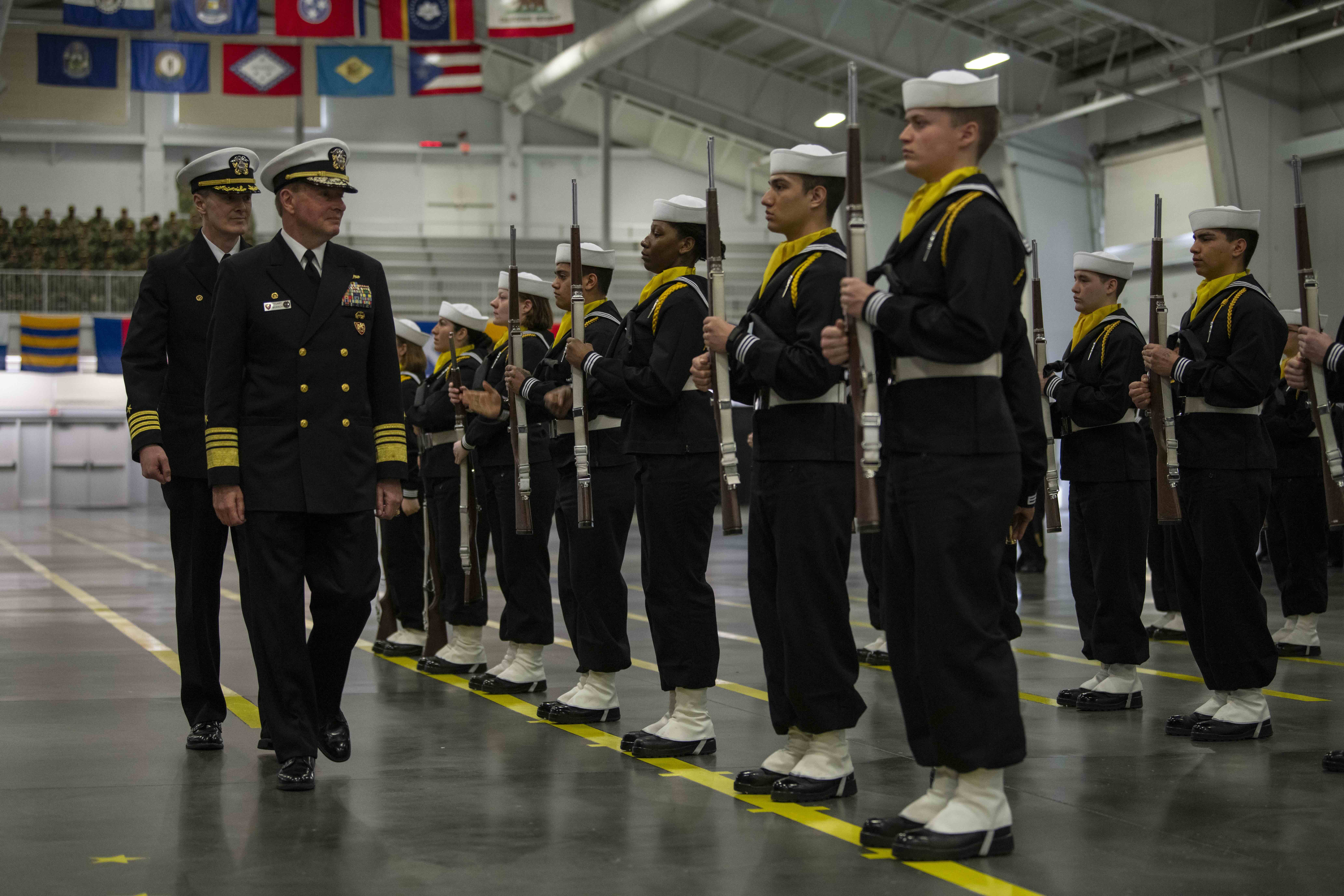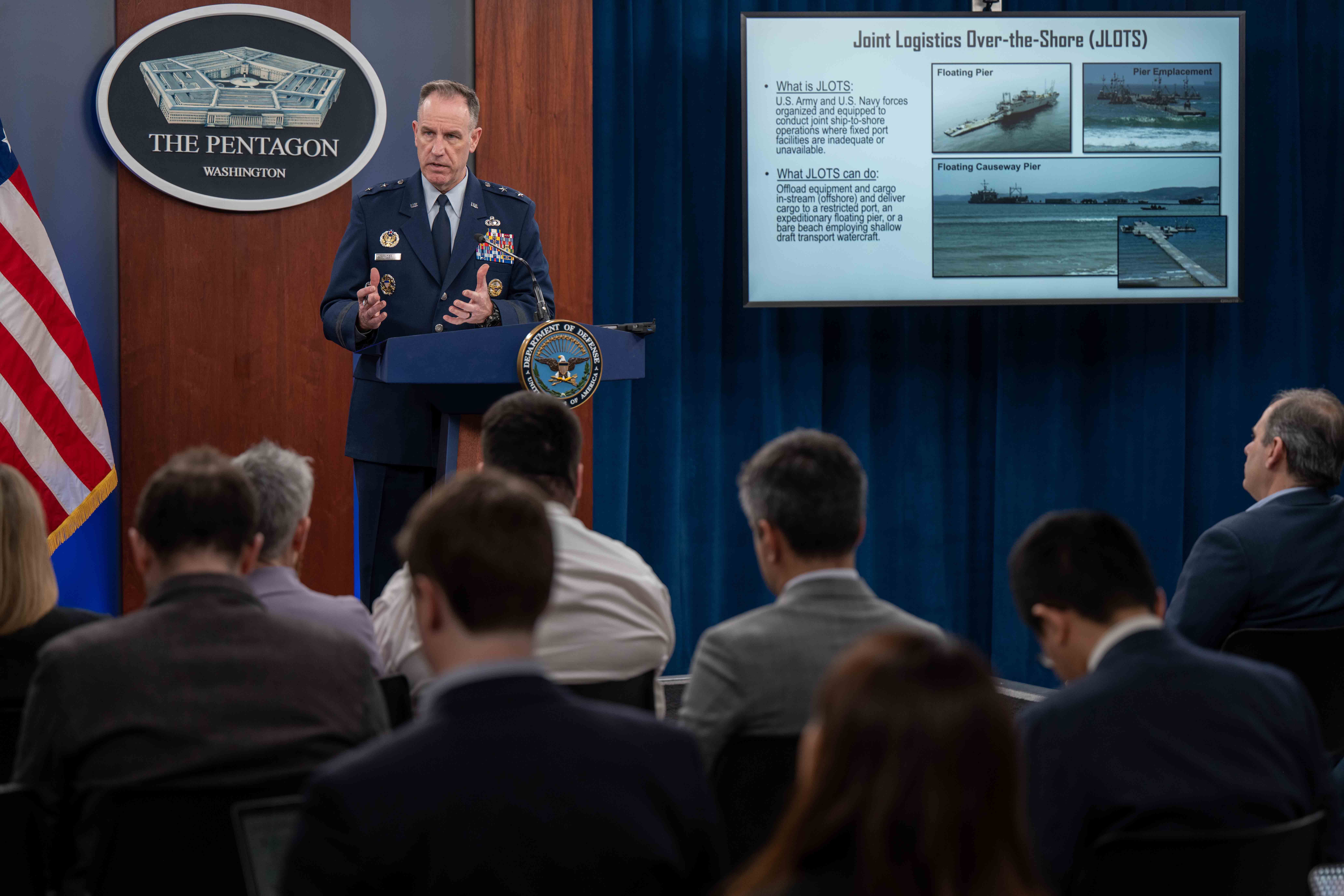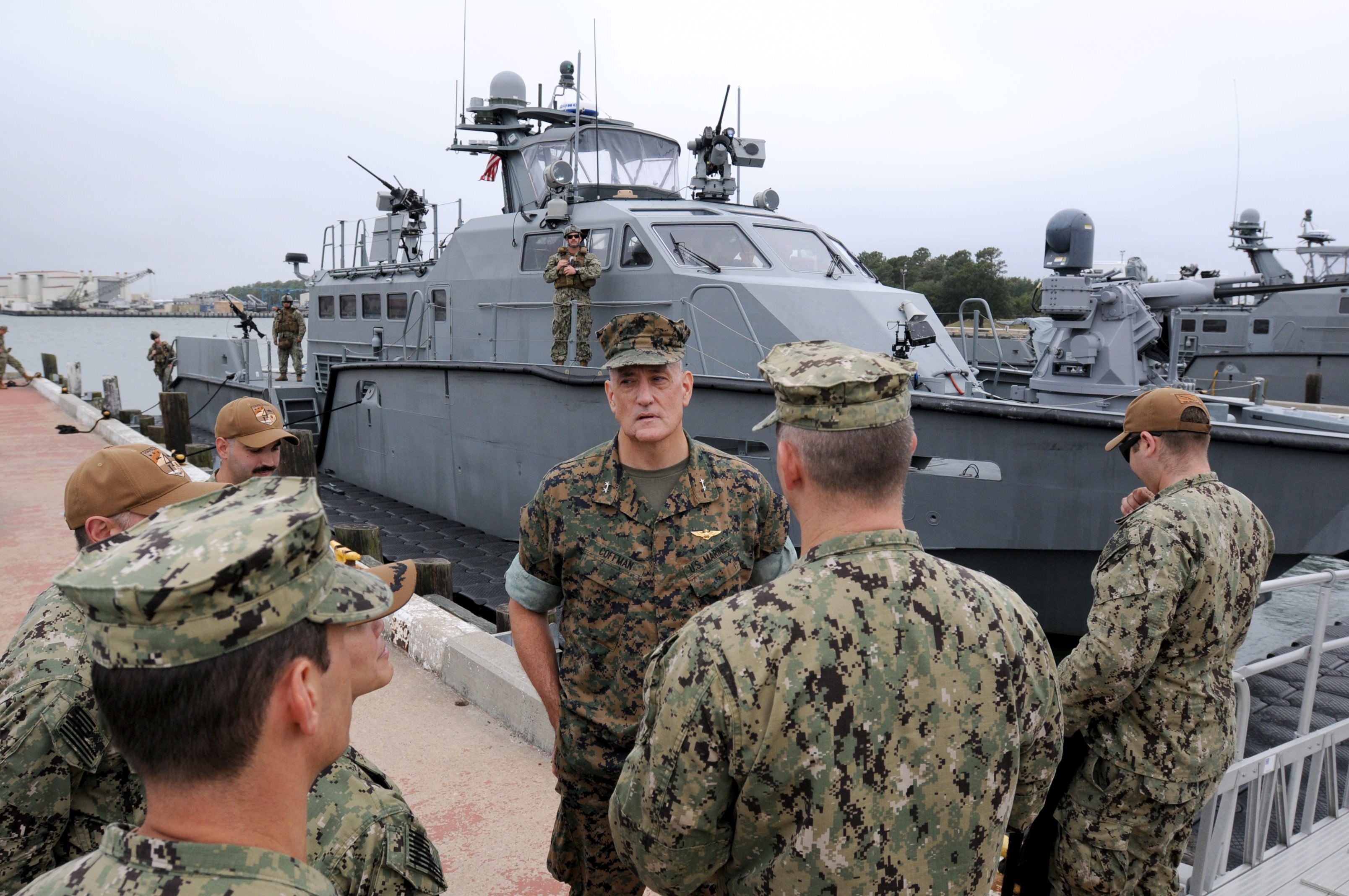
THE PENTAGON – The amphibious force wants to provide more ready forces at sea and training opportunities for a higher-end fight, and is considering ways to rotate more forces forward as a solution.
Director of Expeditionary Warfare on the chief of naval operations’ staff (OPNAV N95) Marine Maj. Gen. David Coffman recently toured forces in the Pacific, and in an interview after his trip he told USNI News that, especially in that region of the world, the force needs to shift from a focus on “forward-deployed, forward-engaged, crisis response” operations to a preparation for higher-end crisis, contingency operations and major combat operations.
“We have got to be able to prove our lethality, survivability, unpredictability and networked nature of our forces; and we’ve got to be able to do it faster; and we’ve got to have the courage, will and resources to move out,” he said.
To address both issues at the same time, he said, he wants to find ways to put more U.S.-based forces through exercises and operations abroad outside of the current Global Force Management deployment model. While sailors and Marines get great training during events like the annual exercise Dawn Blitz in California, exercising in a fleet concentration area doesn’t allow them to build up the same skill sets that operating abroad might.
This idea of Coffman’s might look like the surface fleet’s 3rd Fleet Forward, where a surface action group (SAG) or carrier strike group from the West Coast deployed to the Western Pacific but remained under U.S. 3rd Fleet command and control as a supplement to the U.S. 7th Fleet-based Forward Deployed Naval Forces.
“I have a dream that, in an unpredictable fashion, I [Marine Expeditionary Force] and [Expeditionary Strike Group] 3 mount up and, just like we’ve done with Vinson (Carrier Strike Group) and done with other SAGs … they sail across the Pacific for 30 or 60 days,” Coffman said.
“We’d love to see out of the East Coast and West Coast off the [Global Force Management] and under the leadership of the appropriate fleets … that they are running around in unpredictable ways.”
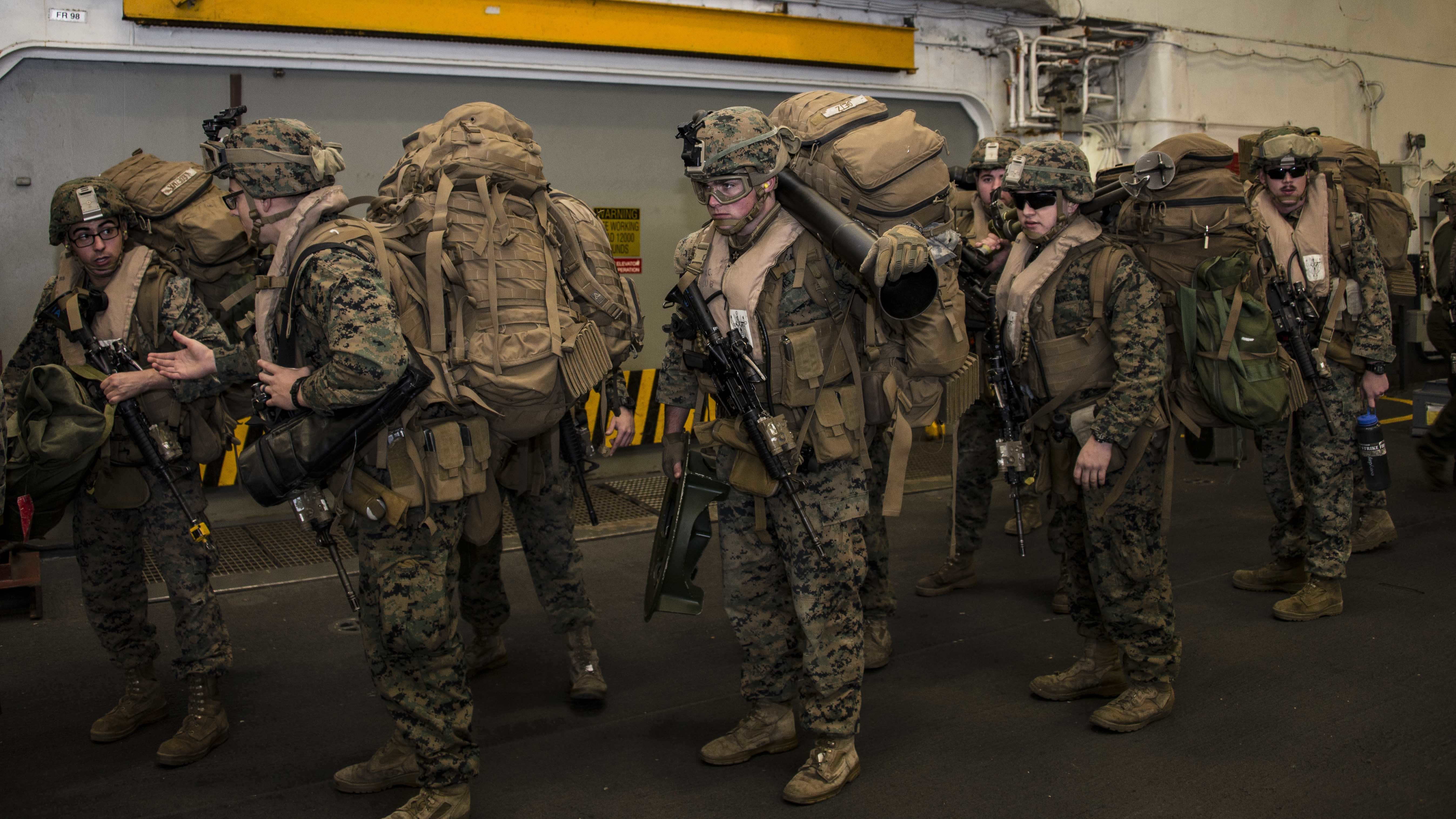
Coffman said the Navy and Marine Corps have found select opportunities to do this under the current Optimized Fleet Response Plan – a force-generation plan that outlines time for maintenance, training, regularly scheduled deployment and then a “surge” period that could be used however the fleet needs. East Coast forces every spring send a San Antonio-class amphibious transport dock to Europe to serve as the command ship for the Baltic Operations (BALTOPS) exercise. Unlike something like the biannual Rim of the Pacific exercise in Hawaii, this gets the ship and its crew into a new geographical fleet commander’s command and control – U.S. 6th Fleet in this case – which brings a new dynamic to the operation.
Coffman served as the deputy commander of I MEF in Camp Pendleton before coming to Washington as the director of expeditionary warfare, and in that capacity he said he had an up-close view of 3rd Fleet working its way through 3rd Fleet Forward with the surface forces.
“I give myself a swing and a miss for my two years at I MEF, being late to that,” he said of an amphibious force version of the concept.
“We need to do the same thing. That’s where I’m going with this idea, informed particularly by my trip out there to Sasebo.”
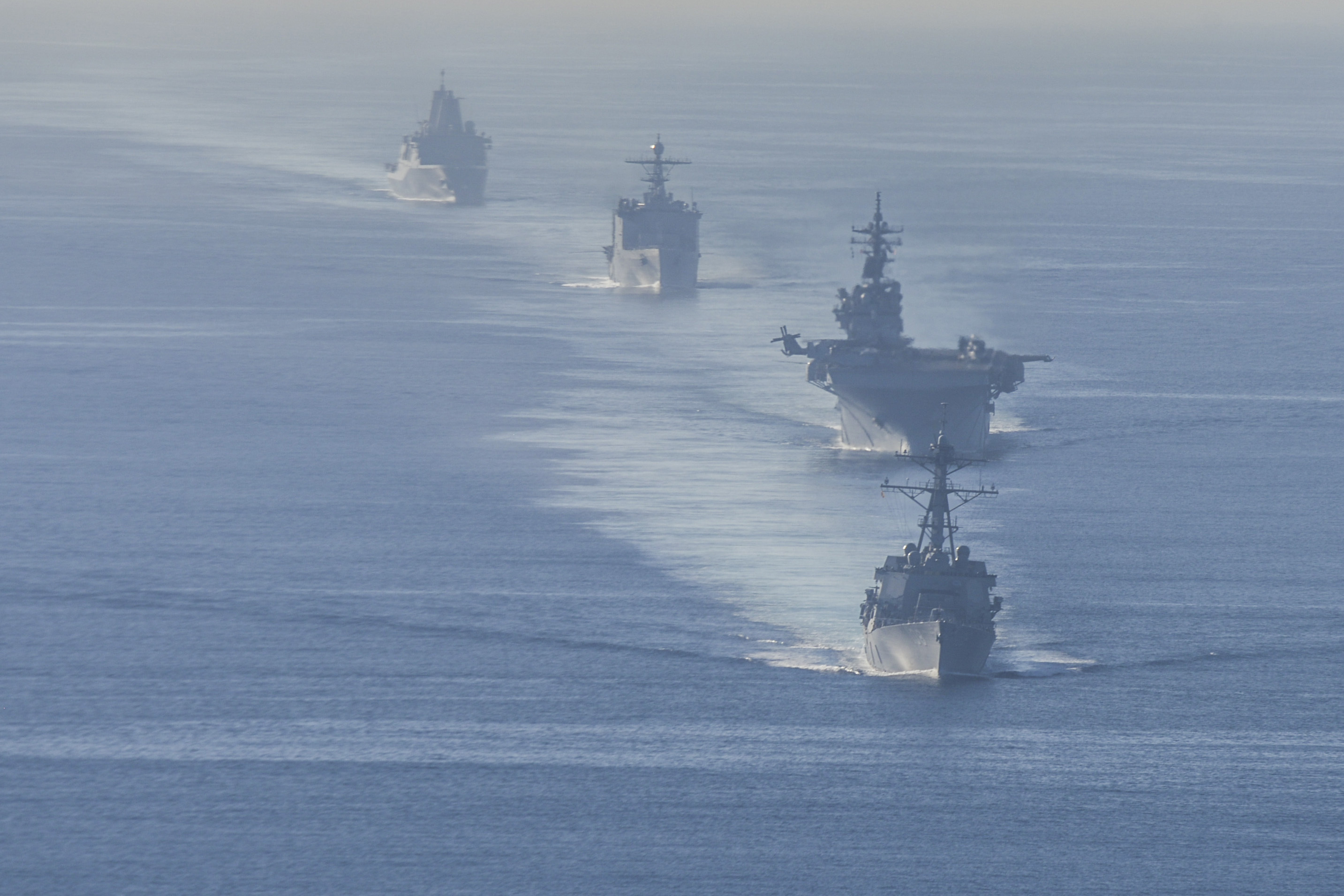
Coffman said individual Amphibious Ready Group/Marine Expeditionary Unit (ARG/MEU) formations either from the East or West Coast or from the Forward Deployed Naval Force in Japan can practice high-end events on their own – crisis and contingency operations – but what they cannot rehearse solo is the “transition to the surge,” where the ARG/MEU in theater suppresses the situation as best they can while reinforcements scramble to get into theater. That type of training could be addressed through a 3rd Fleet Forward-type amphibious force event, he said.
The FDNF forces would “try to deter it or solve it in crisis, and if not, here comes your friends, and then we surge the rest of the guys – for [U.S. Pacific Fleet], that means 3rd Fleet and I MEF, so that means the West Coast forces” surging in, which is what he wants to practice.
During the interview, Coffman also noted concerns about “cyclical readiness” in the FDNF force – a very real issue, given that on the surface force side the Carl Vinson Carrier Strike Group is currently on a 3rd Fleet Forward deployment to the Western Pacific due to the FDNF carrier being tied up in maintenance. He noted that the “organize, train and equip” responsibility will always fall on leaders back home, and the “deploy, employ and sustain” will fall on geographical combatant commanders – but the “form, train and certify” mission takes place separately for continental U.S.-based units versus FDNF units.
Regarding FDNF Forces under U.S. 7th Fleet and III MEF in Japan, “you are deployed, but are you ready to fight? Well in our previous models, not really, because we do cyclical readiness inside those deployments, as opposed to West Coast/East Coast form/train/certify and send them out and they’re ready to go for their six months or seven months or so. So those models will get reviewed as part of this work. And it’s a tough ask – like all senior leaders ask, they want it all. You want to be ready forward, you want to have more stuff ready at home, and you want to have more agility to move across. So there’s a lot of work to do there,” Coffman said.
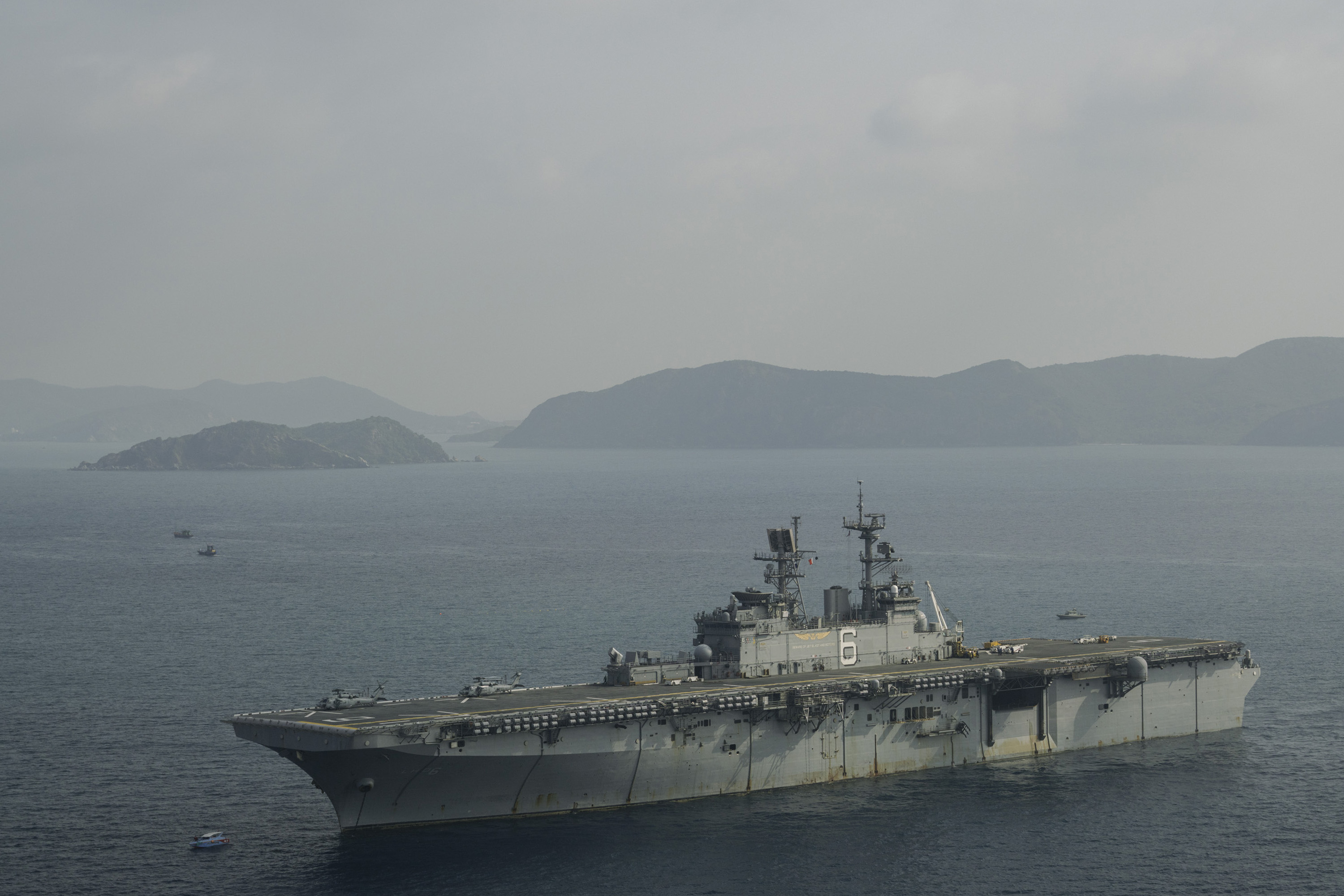
Aside from considering new deployment models, Coffman came away from his trip with an appreciation for the work that 7th Fleet is doing to advance the Navy and Marine Corps team’s ability to win the “battle of signatures” across the electromagnetic spectrum. He said this includes everything from the low end – physically camouflaging people and platforms to avoid visual detection from the air – to high-end EM emissions control exercises.
Ultimately, Coffman likened EM maneuver and signatures management to the children’s board game Battleship: “can we put the screen up such that the threat cannot see the ship, and then the best he can do is say F-2, and we say that’s a miss. Except for, what we want to be able to do is, as opposed to the analog battleship game, we’re moving three-dimensional and digital. So he says F-2, and in reality our ship is sitting on the line with F-2, so what do we do while his [weapon] is coming? Cheat. … Move the ship, it’s a miss. So agility in the battle of signatures.”
He added that the surface warfare concept of distributed lethality plays a big role in this – and he hopes to not only include all Navy and Military Sealift Command ships in the distributed lethality conversation, but also the thousands of connectors, riverine craft and other small vessels in his N95 portfolio.
“You can’t sink these others because they’re in between the holes, they’re too small for you to get. So you go F-2, I put your red peg in F-2, but it didn’t sink me because I’m in a little boat, or I have maneuverability. So flooding the battlespace in the inside force, in the contact layer … with asymmetric” capabilities on small platforms could be another key to winning a high-end fight that Coffman wants to consider.
The general said he wants to pay special attention to these small craft in the enabler communities going forward, partly because of their ability to play into this “flooding the battlespace” idea but also to correct potential “deficiencies in capacity and capability down into those enabler forces” within Navy Expeditionary Combat Command and Naval Beach Groups.
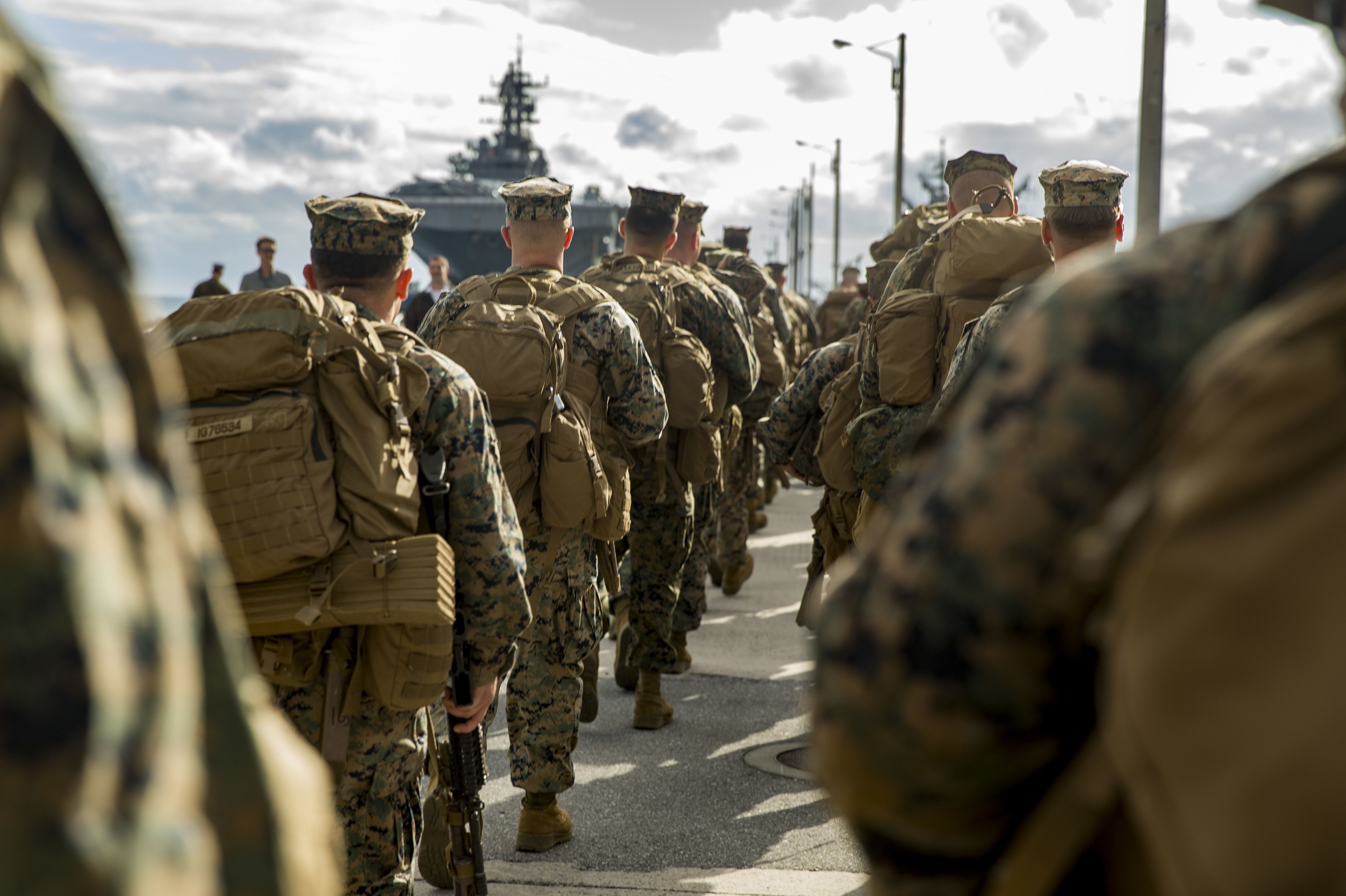
“If we come up short in those, we might be okay in forward deployed, forward engaged and crisis response because we’re not trying to move so much power and so much capability forward to get it employed,” he said, but he worried these deficiencies would be painfully obvious during a massive buildup and movement of forces into theater, and he wants to correct these shortfalls now before they are needed in a contingency or major combat operation.
Coffman, who took over the expeditionary warfare directorate a little more than seven months ago, said he plans to visit U.S. 6th Fleet and U.S. 5th Fleet later this year to take a similar look at expeditionary forces in action to see how he can continue to support them as the resource sponsor and look for ways to better prepare them for the direction laid out in the National Defense Strategy, which points to the “lethal, survivable, unpredictable and networked” force he spoke of repeatedly.




